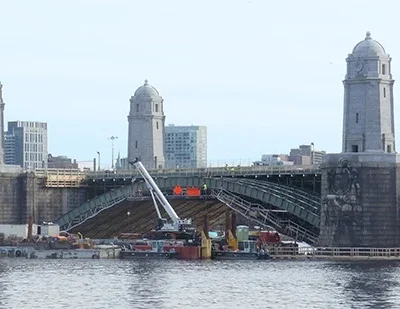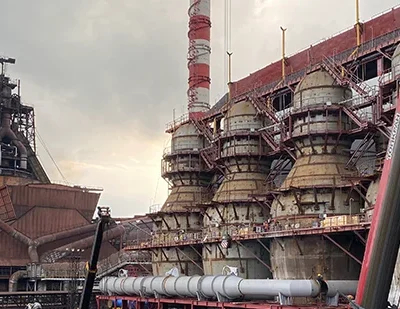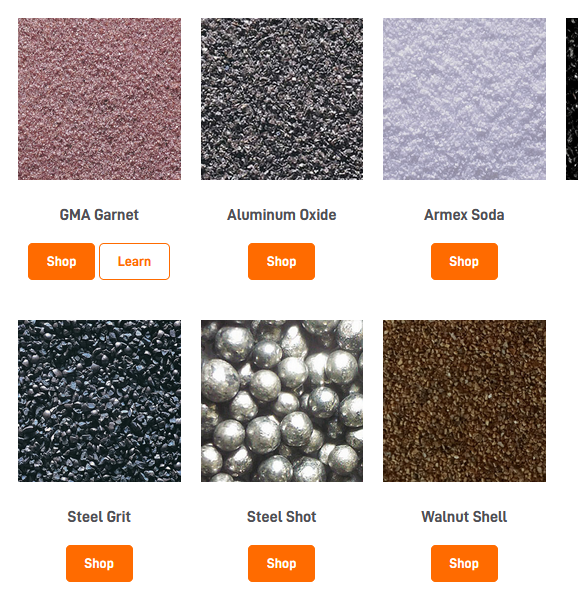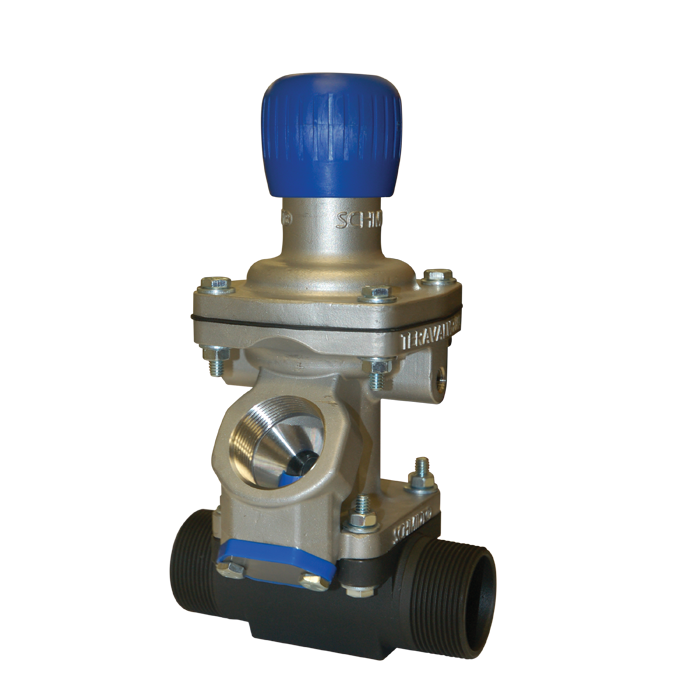Corrosion: A Maritime Nemesis
Corrosion poses a significant risk to the structural integrity and safety of maritime vessels. Without the right combination of protective coatings, meticulous surface preparation, and cathodic defense, ships of all sizes are prone to rusting and decay. This is especially true for ships exposed to the chloride-laden environments of seawater, where metal structures are especially vulnerable.
When protective coatings falter, corrosion quickly follows. However, ships can often be salvaged with timely and appropriate repairs. For damage below the waterline, one common solution is to place the ship in a drydock where the surrounding water can be drained, exposing the damaged area for repair. An alternative and more cost-effective solution for minor repairs below the waterline involves the use of a cofferdam.
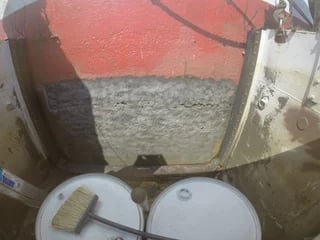
Cofferdams: An Ingenious Solution
Cofferdams are ingenious devices that create a dry work environment around a ship’s damaged area, negating the need for drydocking. By forming a watertight seal against the ship’s hull, cofferdams—constructed from materials like metal, plastic, vinyl, and rubber—allow water to be pumped out, enabling repair work to proceed in the surrounding dry space.
Abrasive Blasting within Cofferdams
The process of abrasive blasting within a cofferdam requires careful selection of blasting media, particularly when the cofferdam is made of sensitive materials such as vinyl stretched over a metal framework. Abrasives that exhibit low rebound or ricochet are preferred, as high-rebound media like steel grit could potentially breach the cofferdam’s integrity, leading to flooding.
Furthermore, cofferdams offer the advantage of simplifying the collection and recycling of abrasive media. A strategically placed vacuum system within the cofferdam gathers the used media for efficient reclamation.
The Olympia’s Restoration
The historical significance of the cruiser Olympia, the world’s oldest floating steel warship, necessitated a unique approach to its maintenance and repair. Stationed at the Philadelphia Seaport Museum, the Olympia required underwater repair work that, instead of necessitating a drydock, was accomplished within a cofferdam. This approach allowed the vessel to stay in place, minimizing disruptions to its role as a museum exhibit.
For the Olympia’s preservation, Sponge-Jet technology emerged as the optimal choice. The low rebound characteristic of Sponge Media™ abrasives minimized the risk of damage from ricochet, making it safer for close-proximity work on the ship’s hull. Moreover, the critical need to minimize environmental impact, especially in the Delaware River, was addressed by Sponge-Jet’s dustless blasting technology, which traps up to 99% of the dust generated, compared to traditional blasting methods.
Through such innovations and careful practices, the maritime industry continues to safeguard its heritage and operational integrity against the relentless threat of corrosion, demonstrating the value of both traditional and modern techniques in ship maintenance and repair.
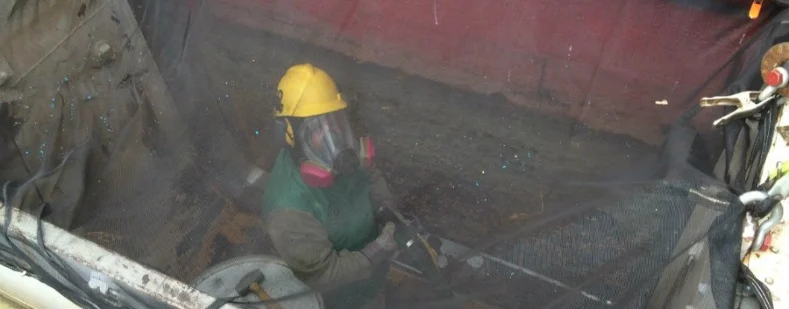
ADDITIONAL SPONGE-JET CASE STUDIES
Contact BlastOne
We love to talk to customers and help them make the best decisions when purchasing equipment.
You can reach us via our Live Chat, Email, Phone, and Online Form.
 My Account
My Account


